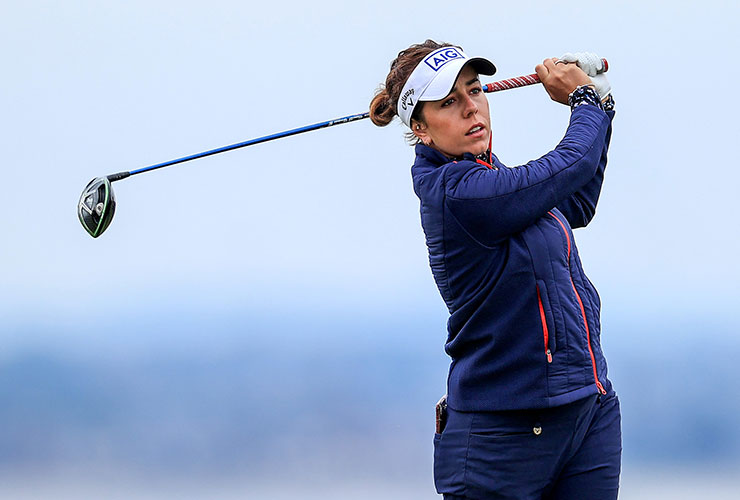
Female athletes face many hurdles. Women weren't allowed to participate in professional sports leagues and compete at the highest levels of competition. Women were considered too fragile to be able to participate in high-impact sport and were too busy caring for the family. The only professions available for women in sports were teaching, secretarial, and crossing guard jobs.
We have fewer chances
Female high school athletes often have less opportunities than their male counterparts. This lack of opportunities is often attributed to the negative social stigma associated with female athletes. This stigma isn't limited to certain geographical regions or conferences. It can also extend to the fact that girls in low-income communities often lack resources and opportunity for sports.
We get less media attention
Despite the fact that women athletes make up more of professional athletes than their male counterparts, they still get less media attention than their male counterparts. Despite the fact women athletes do just as much work than male athletes, this is not surprising. Media coverage of female sports is generally lower than that of male sports. The media tends to focus more on their appearances and talent than on individual accomplishments.
Less expectations
There are many factors that can influence women's participation in sport. Female athletes will likely have a lower entry barrier than male athletes, which is because they are more likely to be dominated by the other gender. These differences could be due to biological differences, or differential socialization between boys and girls.
Transgender females participate in sports
Legislators have attempted to ban transgender girls from participating in recreational activities since the IOC's introduction of trans policies over two decades ago. Transgender women still face discrimination, harassment and violence in a large number of situations. Therefore, attempts to ban them are not just transphobic and dangerous but also detrimental to their cause.
Title IX
Title IX protects women's right to participate in sports. However, women from historically underrepresented communities have not benefited from the legislation as much as they should. According to a study by the Women's Sports Foundation, girls in predominantly minority schools have access to only 67% of athletic opportunities, compared to 82% of girls in predominantly white schools.
Flo advocates for female athletes
Flo McLean was the seventh of eleven children. She grew up in Los Angeles. From an early age, she was told that she must move quickly to achieve what she desired. She moved to Watts with her mother after her parents divorced. Watts is a poor and over-policed area. She found her way to the Sugar Ray Robinson Youth Foundation, which provided athletic opportunities for the neighborhood's youth.